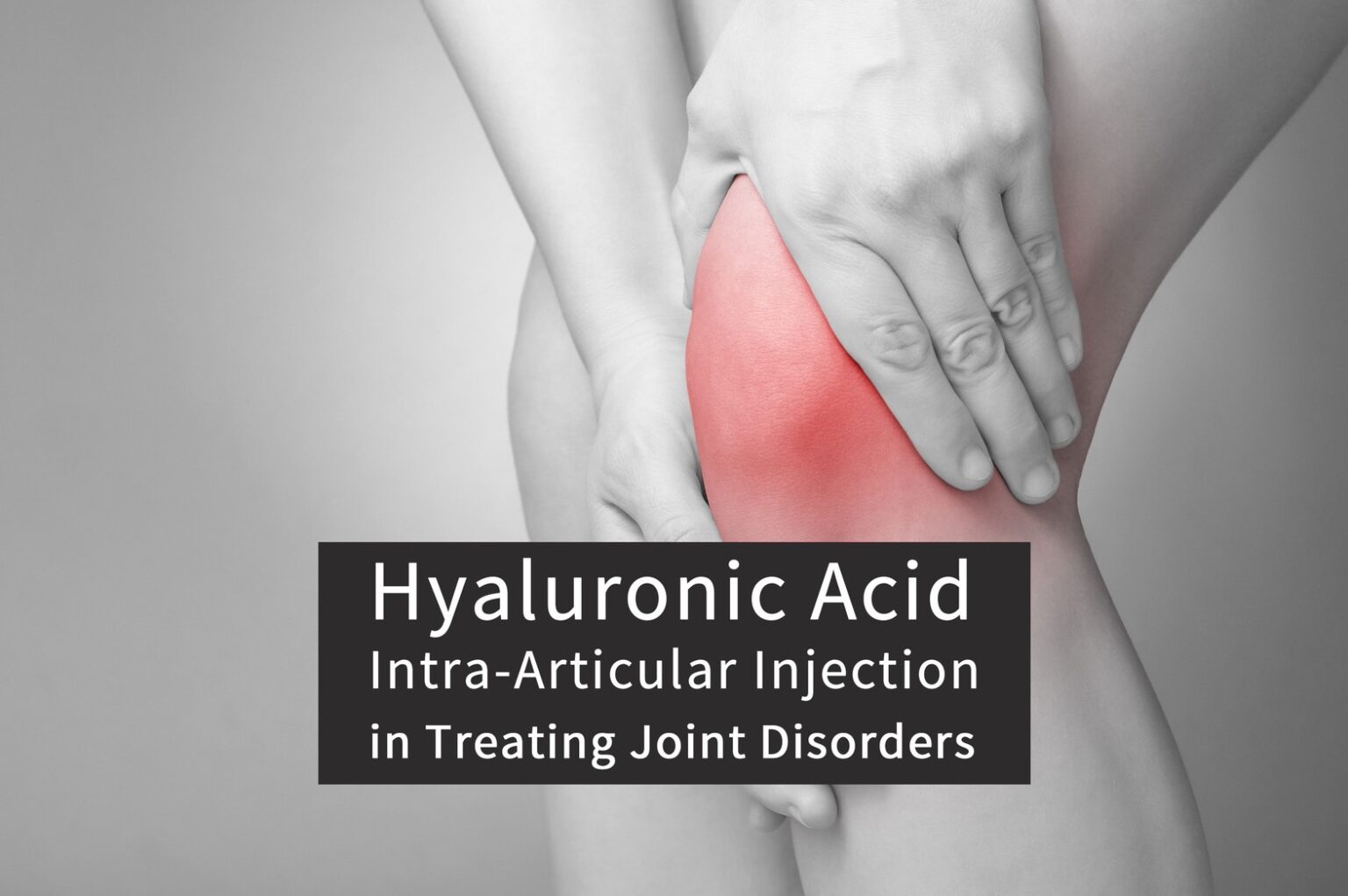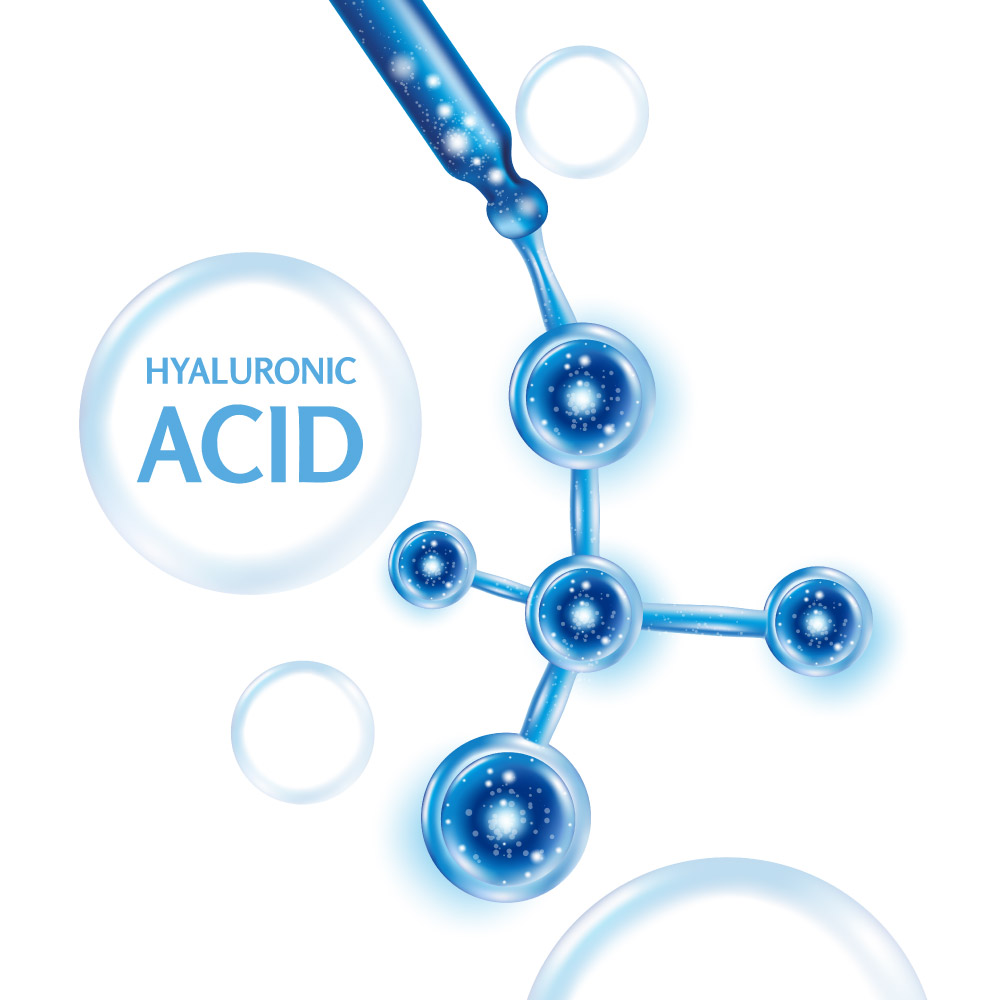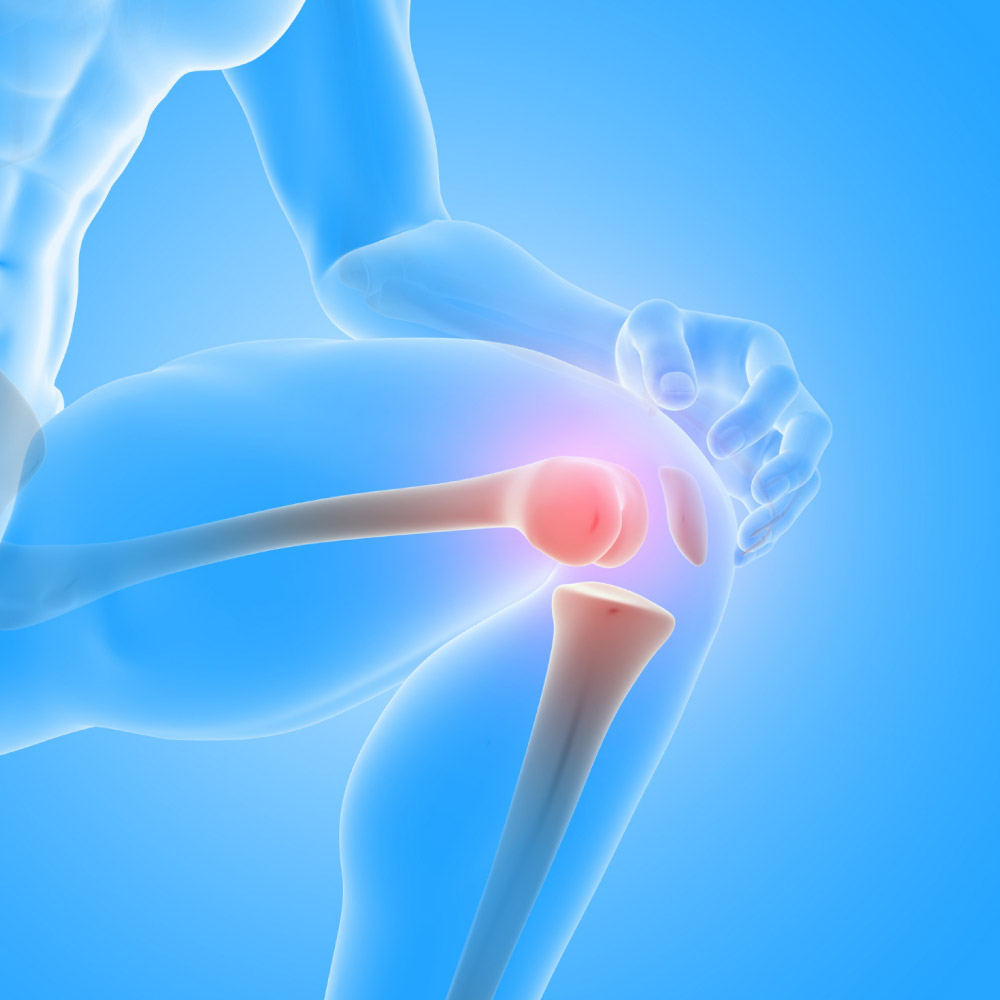Osteoarthritis (OA) is the most common form of arthritis, and it is characterized by joint pain and stiffness leading to functional decline and loss in quality of life with physical and/or mental co-morbidity.
Содержание
What is hyaluronic acid (HA) intra-articular injection used for?
Hyaluronic acid, the major component in the synovial fluid, is responsible for the lubricating and shock absorption properties of the synovial fluid.
Therefore, hyaluronic acid intra-articular injection is a treatment that directly addresses the cause of pain by supplying osteoarthritic synovial fluid with high elastoviscous solutions.
What is the difference between corticosteroid and hyaluronic acid intra-articular injections?
Corticosteroid is a chemical compound for reducing inflammation, it can quickly and effectively reduce the pain caused by joint disorder such as osteoarthritis. However, the longer you take, the higher risk to cause side effect such as intra-articular or peri-articular calcification. On the other hand, the intra-articular injection of hyaluronic acid can supplement the degenerative synovial fluid to restore joint lubrication, and then you can get pain relief.
| Item | Pain Relief | Joint Lubrication | Shock Absorption | Protects Joint | Side Effect |
|---|---|---|---|---|---|
| Corticosteroid | Very Fast | X | X | X | Articular calcification after long-term use |
| Hyaluronic Acid | Fast | O | O | O | Slightly more expensive |
What is better steroid hyaluronic acid intra-articular injection?
Steroids, also called corticosteroids, are anti-inflammatory medicines used to treat a range of conditions. Intra-articular injection of steroids can quickly provide pain relief in patients with osteoarthritis by decreasing inflammation, but the exact duration of the pain relief remains controversial. Especially, steroids have been shown to be cytotoxic to articular cartilage in both human and animal, and there is significantly greater cartilage volume loss at Knee MRI in participants received intra-articular injection of steroid as compared with saline injection was observed in a 140 participants’ clinical trial. ref 1 Fortunately, intra-articular injection of hyaluronic acid can not only supplement the degenerative synovial fluid to restore joint lubrication for effective pain relief, but also there is almost no potential side effect after treatment was reported in clinical. Therefore, intra-articular injection of hyaluronic acid will be the better choice for treatment in osteoarthritis as compared with using steroids.
Ref 1: Effect of Intra-articular Triamcinolone vs Saline on Knee Cartilage Volume and Pain in Patients With Knee Osteoarthritis. JAMA 2017;317(19):1967-1975.
How long does it take for hyaluronic acid intra-articular injection to work?
Intra-articular injection of hyaluronic acid can be effective on pain relief immediately after the treatment. The major mode of action of hyaluronic acid intra-articular injection is served as supplement of human joint lubricant which is also mainly comprised of hyaluronic acid. Therefore, the pain relief can be effective immediately after the treatment.
Besides osteoarthritis and rheumatoid arthritis, can hyaluronic acid intra-articular injection be used for post-traumatic arthritis?
Post-traumatic arthritis (PTA) develops after injury or trauma to joints, and it will cause acute symptoms such as synovial effusion or severe pain. If these symptoms persist longer than 2 or 3 months, it may be recognized as Chronic PTA with persistent inflammatory condition. It is well known that CD 44 is a primary hyaluronic acid receptor with multiple physiological and pathological functions. The scientific researches have shown that hyaluronic acid can reduce inflammation in experimental arthritis.ref 2 That is, besides osteoarthritis and rheumatoid arthritis, intra-articular injection of hyaluronic acid can also be effective in the treatment of PTA.
Ref 2: High-molecular-weight hyaluronic acid attenuated matrix metalloproteinase-1 and -3 expression via CD44 in tendinopathy. Scientific Reports 2017;7:40840.
How many injections of hyaluronic acid are typically needed for knee osteoarthritis treatment?
Intra-articular injection of hyaluronic acid is served as supplement of human joint lubricant. Therefore, the viscoelastic properties of the hyaluronic acid will significantly affect the treatment design and outcome in clinical. Currently, there are three types treatment of intra-articular injection of hyaluronic acid with different dose of injection. That is, 5-dose, 3-dose and 1-dose injection for one treatment with 6-month effective pain relief. In general, the major difference is the concentration and molecular weight of hyaluronic acid in the above various treatments. In the case of 1-dose intra-articular injection, the crosslinking technology is widely used to substantially increase the molecular weight of hyaluronic acid. That is to say, the crosslinked hyaluronic acid can prolong the resorption duration in human body and therefore the 6-month pain relief can be achieved by just only one dose intra-articular injection.
What type of hyaluronic acid intra-articular injection is good in the treatment of knee osteoarthritis?
In the Maxigen Biotech Inc., they have complete product line to include 5-dose, 3-dose and 1-dose of intra-articular injection of hyaluronic acid. As mentioned in previous description, the key performance in the lubricating property of intra-articular injection is contributed by the concentration and molecular weight of hyaluronic acid. In the case of 3-dose injection, the ArtiAid Plus comprised of 1.5% hyaluronic acid, where it is the highest standard in the same product category. On the other hand, in the case of 1-dose injection, the ArtiBest comprised of 2.0% crosslinked hyaluronic acid with the molecular weight higher than 3×107 Daltons, which is almost five to ten folds as compared with healthy human synovial fluid.ref 3
Ref 3: Hyaluronan concentration and size distribution in human knee synovial fluid: variations with age and cartilage degeneration. Arthritis Research & Therapy 2016;18:18.
Can hyaluronic acid intra-articular injection be used for other types of arthritis besides knee osteoarthritis?
Hyaluronic acid is a large glycosaminoglycan which regulates physiological processes in almost all tissue. For example, the major component in the human synovial fluid is the hyaluronic acid with lubricating functionality. Additionally, it is well known that CD 44 is a primary hyaluronic acid receptor with multiple physiological and pathological functions such as inflammation regulation. Therefore, intra-articular injection of hyaluronic acid is effective for treatment of various arthritis including knee arthritis, rheumatoid arthritis or post-traumatic arthritis in accordance with its contribution in the lubrication and anti-inflammation.
Hyaluronic acid intra-articular injection for hip labral tears
In clinical, hip labral tears may cause potential leakage of synovial fluid and then affect its inherent lubricating functionality. Subsequently, it may cause further joint pain and stiffness leading to functional decline and loss in quality of life with physical and/or mental co-morbidity. According to the same mode of action in the treatment of various arthritis, the intra-articular injection of hyaluronic acid can also be served as supplement of human joint lubricant to bring the functionality of synovial fluid back to healthy status. In detail, the injection cycle of intra-articular injection of hyaluronic acid can take suggestion from professional doctor in accordance with the standard treatment in the knee injection.
What are the possible side effects of hyaluronic acid intra-articular hip injections?
Hyaluronic acid is a natural extracellular matrix which is widely distributed in the human body such as skin, eyes, synovial fluid. Moreover, currently, hyaluronic acid used in clinical is almost supplied with microbiological fermentation source which is significantly limited cross-infection risk as compared with extracted from animal source. Therefore, there is almost no potential side effect after intra-articular injection of hyaluronic acid. However, a few patients may feel stiffness immediately after injection and lasting for days. There is no further medical attention needed and the symptoms will be gradually disappeared with daily activities.
What type of hyaluronic acid intra-articular injection is good in the treatment of hip osteoarthritis?
In the hip joint, like any other joint in human body, the synovial fluid encapsulated inside the articular capsule is comprised of hyaluronic acid. It is well known that hyaluronic acid is a large glycosaminoglycan which regulates physiological processes such as inflammation response by serving as CD44 modulator. Therefore, intra-articular injection of hyaluronic acid is effective for treatment of hip arthritis by offering lubricating and anti-inflammatory functionality.
Can hyaluronic acid intra-articular injections be injected into shoulders?
In the human body, there are various movable joints such as knee, shoulder, hip, elbow, and ankle. Each joint is surrounded by articular capsule which is composed of the fibrous stratum, synovium and synovial fluid. Most importantly, the major component of synovial fluid is hyaluronic acid. Therefore, intra-articular injection of hyaluronic acid can be widely used in knee, shoulder, elbow, and ankle.
How long do hyaluronic acid intra-articular injections stay in the shoulder joint?
The hyaluronic acid is degraded by hyaluronidase or free radical which can be generated from various inflammatory cells. That is, the degradation of hyaluronic acid will be increased in the osteoarthritis joint. After the treatment with intra-articular injection of hyaluronic acid, not only the pain relief but also the inflammation response normalized. Therefore, the supplemental hyaluronic acid can maintain effective pain relief in the joint. In general, one treatment cycle of intra-articular injection of hyaluronic acid can be effective in pain relief for 6-month.
What type of hyaluronic acid intra-articular injection is good for treating osteoarthritis of the shoulder?
As mentioned previously, the key factors to affect the viscoelastic property are the concentration and molecular weight of hyaluronic acid. In the product pipeline of intra-articular injection of Maxigen Biotech Inc., the ArtiAid is intended to be used as the synovial fluid supplement both in knee and shoulder. In more detail, the ArtiAid is indicated for treatment in osteoarthritis of the knee and partial rotator cuff tears who failed to respond adequately to conservative non-pharmacologic therapies. In the clinical use, the ArtiAid has competitive viscoelastic performance as compared with the ARTZDispo which is the top intra-articular injection in Japan.
Are there any risks of taking hyaluronic acid intra-articular injections?
The superiority of MBI’s hyaluronic intra-articular injection is contributed to high quality control of raw materials, aseptic manufacturing process and unique product properties based on the clinical feedback. MBI uses the hyaluronic acid raw materials which is certified with Drug Master File by US FDA, and the aseptic manufacturing process is complied with international standard ISO 13408. Moreover, MBI’s quality management system including R&D, manufacturing, quality control and sales is passed on-site audit from US FDA, Korea FDA, Malaysia FDA and globalized customer came from all around the world. Most importantly, MBI is willing and continuously cooperated with clinicians to keep solving the clinical unmet need, to Joint and Delight the Human Life.














